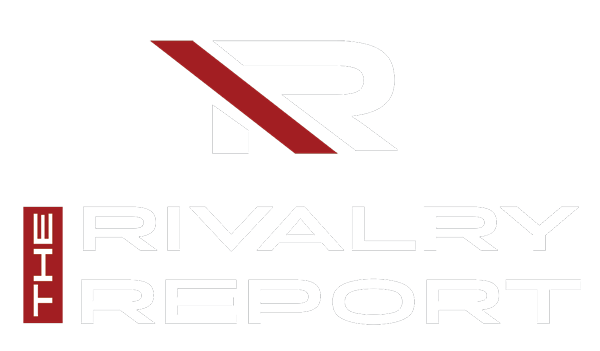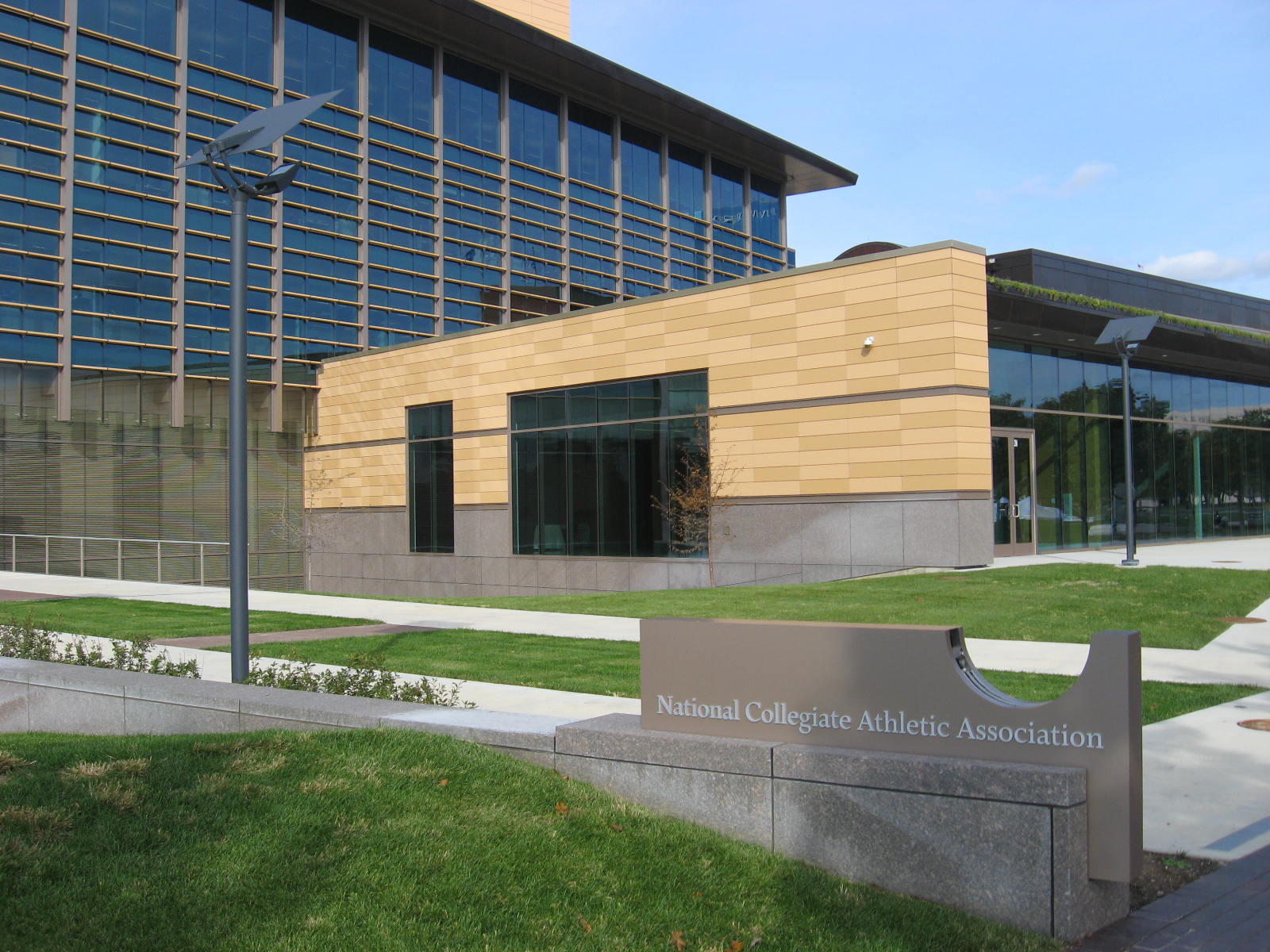What the new settlement means for the landscape of college athletics and the future of Texas Tech’s NIL dominance.
“Name, Image, and Likeness”
Everyone who has followed college sports in the past couple of years has heard about the controversial “NIL” agreement. Everyone has their opinions, and most understand how the unregulated era of players receiving compensation has worked since its inception. However, not many have a full understanding of the new settlement that will go into effect on July 1st. I read the settlement front to back, and this article will highlight the key points to clear a bit of the muddy water surrounding the horizon of college athletics.
“The Wild West Era”
The name coined for the past couple of seasons in the NCAA. Transfer portal, donor clubs, player loyalty — these are all words that would mean nothing to a fan living through Johnny Manziel’s Heisman season, but change comes fast. These words are now the center of attention for fans and players across the nation. This brief era has been a roller coaster of excitement and heartbreak for all teams. Texas Tech has been at the leading edge of this era, mainly in the formation of the Matador Club with Double Eagle Oil CEO Cody Campbell at the helm. The Matador Club has infamously spent over $40 million on the 2025 Red Raider Football team. This high-stakes gamble has yet to prove itself; however, a new settlement will stop this from happening ever again, before this team gets the chance to do that.
What Happens on July 1st?
This settlement is already a milestone in the history of college sports, and it has not even come into effect yet. In this new settlement, players who have competed since 2016 will receive backpay, the current players’ value will be individually analyzed, and the third-party NIL collectives (such as The Matador Club) will face a severe winds of change as they adjust.
Backpay
This one’s pretty straightforward: players who competed in the NCAA from 2016 to June 6, 2025, will share a payout of $2.8 billion over 10 years (2025–2035). So for the Red Raiders, the 2019 national runner-up basketball team will be getting their flowers.
It’s a landmark moment in NCAA history — the first time that student-athletes can legally receive money from a university.
Revenue Sharing
This is the one that everyone has been in a quarrel over. The days of teams bidding on players for the largest check are in the past. It sets limits on how much players can earn, based on the appraised NIL value. Each university will have $20.5 million to spend on revenue sports across the board. With this $20.5 million, players won’t need a value appraisal to receive their share, whether large or small. However, the goal with this limit is to have teams be cautious about where this money will go. It is expected that the majority of this money will be allocated to football and men’s basketball, but time will tell.
“But why can’t The Matador Club pay each player a billion dollars? They’re separate from the university.”
I had the same question. But remember the part about a player not requiring an appraisal for the university’s capped money? For third-party collectives, they do. Each player will be appraised by the value that they would have by using their Name, Image, and Likeness (NIL). This will restrict third parties from offering a player more than another school’s collective, as there is now a cap on the amount that a player can fairly receive. The shift will bring visits, recruiting, and relationships back into the world of college athletics, instead of being about who can cut the biggest check.
It’s a confusing time to be a college sports fan — but the good news is, we can still kick back on Saturdays, enjoy the games, and (hopefully) sound like we know what we’re talking about when the NIL era comes up with friends.
READ NEXT: Star Athlete Caught In Political Storm Gets Shocking News

